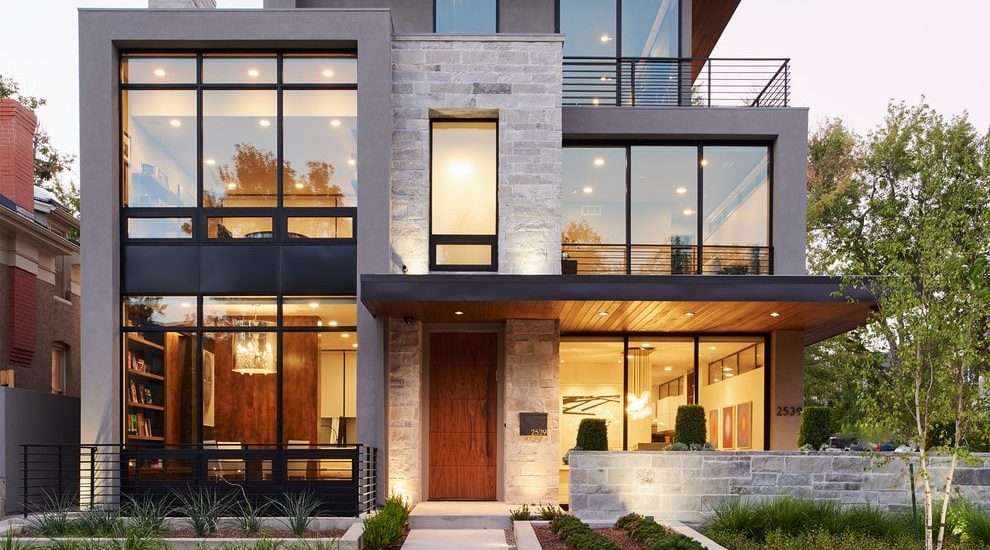- June 3, 2020
- Posted by: Gunveen Bachher
- Category: U.S. Taxes and Real Estate
15 Comments

Depreciation is an accounting mechanism for recovering the cost in an income producing property (a property that is used only for business or investment purposes). It is a capital expense and allows the owner of the rental property to spread the tax benefit of qualifying expenses over a certain lifetime. For residential rental properties, depreciable time-period allowed as per the IRS is 27.5 years. It is also important to understand the terms basis and adjusted basis of a rental property while talking about depreciation and taxes to your tax consultant.
As an example, if the value of the rental property is $300,000, then you can depreciate up to $10,909.09 (300,000/27.5) per year. And if you are in the 22% tax bracket for that year, you might save $2,400 (10,909.09*0.22) in taxes that year. Schedule E is used to report rental incomes and expenses such as rents received, heating and lighting on rental buildings, rooms, apartments, condominiums, vacation homes, single family houses etc. A separate Schedule E needs to be attached for each rental property. A separate form 4562 may need to be attached in case when a special depreciation allowance is being used or depreciation on a listed property such as a car is being deducted.
The following conditions must be fulfilled for the property to be allowed depreciation:
- When you are the owner of the property that is you are paying a debt in the form of a mortgage.
- When you used the property for your business or for an income producing activity such as a rental (Personal home/residence is not subject to depreciation).
- When the property has a determinable useful life, which means that the property is subject to wear and tear, decays, becomes obsolete or loses its value from natural causes.
- The property is expected to last for more than a year.

1. When does depreciation begin and end?
You begin to depreciate your rental property when its placed in service for income production. You stop depreciating when its cost or its other basis has been fully recovered or when you retire the property from service, whichever event happens first.
2. What is the basis of depreciable property?
Basis of a rental property = its Adjusted Basis when you place the property in service into rental activity
The basis of property is usually its cost that was paid in cash, with mortgage and down payment all included in the cost of acquiring a property. Settlement fees and closing costs such as legal fees, recording fees, transfer taxes, title insurance, outstanding taxes or any costs that was paid on behalf of the seller increases the value of the property, thereby adding to the basis of the property.
3. What rental property cannot be depreciated?
Any property placed in service and disposed of the same year cannot be depreciated. Also, Land cannot be depreciated. Therefore, you need to separate the value of the land from the cost of the house or building. As an example, if you bought the rental property for $150,000 of which the value of the house was $130,000 and the value of the land was $20,000. You therefore, allocate 86.67% (130,000/150,000) of the purchase price to the house and the remaining 13.33% to the purchase price of the land.
4. What is adjusted basis of the property?
Once the property is bought, there might be increases or decreases to the basis of the property depending on certain events between the time when the property is bought and when it is placed for service. Examples include cost of any additions or improvements made to increase the useful life of at least one year, money spent on restoring damaged property, legal fees etc. Decreases to basis might include insurance payments due to theft, casualty losses not covered by insurance etc.
5. What are the depreciation methods that can be used to depreciate rental properties?
Generally, Modified Accelerated Cost Recovery System (MACRS) should be used to depreciate residential rental property placed in service after 1986. If, however the property was placed in service before 1987, one of the following methods can be used:
- Accelerated Cost Recovery System (ACRS) for property placed after 1980 but before 1987 or the
- Straight Line or declining balance method over the useful life or property placed before 1981
Additions or improvements (part of capital costs) such as building a new room or a garage, installing new heating or air conditioning or replacing a roof to a rental property can be depreciated separately.
Investing in rental property can be a smart move because not only does it provide a steady source of income but you also build equity as the property appreciates (in most situations). Also, from the tax point of view, rental expenses can be deducted from rental income thereby lowering your tax liability.
Depreciation is an invaluable tool to use for rental properties because it allows you to spread out the cost of buying the property over decades, thereby reducing each year’s tax bill. However, if you take depreciation each year on the property and then you sell that property for a gain, then you will owe something known as a depreciation recapture tax during that year of sale. More to follow on what is depreciation recapture tax in my later blog posts.
GavTax Advisory Services accepts clients from all 50 States including the State of New York, California, Texas, Illinois, Florida, Pennsylvania, Ohio, New Jersey, Virginia, North Carolina, and all U.S territories as well.
